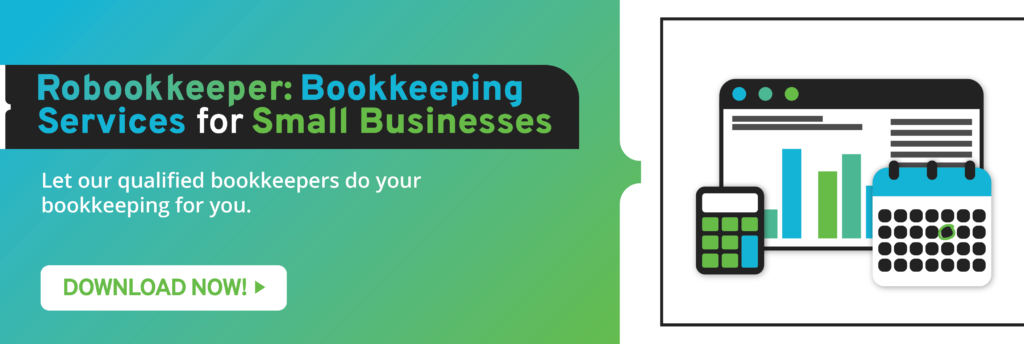Your target customers will go through stages as they move through the buyer’s journey. One of the most important stages is when they’re about to decide whether to choose your brand or one of your competitors. You can’t expect them to choose you if you fail to communicate and convey your message from the start of the process. You’ll have to build up your target market so that they don’t choose anyone else. Use the right type of content, messaging, and tone to convince a potential customer. It also matters that you reach out to them through the platform they use the most. These strategies not only move your audience to the decision stage, but also improve customer conversion rate.
How important is the decision stage in the buyer’s journey?
Once a potential customer reaches this stage of their buyer’s journey, they already have a shortlist of brands they are ready to purchase products from. They’ve gone through different levels and have gotten the information they need. They are aware of their pain points and have an idea of the solutions they need to address them. This stage is your last chance to convert and convince them to choose you over everyone else in your niche. Attention to detail is vital to nudge a potential customer into a paying one. You may have missed answering a question or you didn’t provide enough information about the products and services you offer. Missing out on a potential customer in the decision stage allows you to assess your strategy and determine areas for improvement.
Objectives to consider during the decision stage
To improve customer conversion rate, you must have clear objectives. These goals allow you to reassess your approach if you fail to achieve them and enable you to connect with your target audience.
- Create content that backs up the claims you made about the products and services you offer. This approach allows you to close a sale effectively and create a loyal consumer.
- Identify objections your target audience might have about your products and services. Doing so enables you to address them properly. Some objections might be your product pricing is too high compared to competitors, your product is too complicated to use, you might not be communicating with your audience enough, and others.
- Refine your relationship with potential customers through regular communication throughout all levels of the buyer’s journey. You don’t make your case at the decision stage, you build up your brand as the possible solution to a pain point from the beginning of a prospect’s journey. You can develop your relationship with them through free consultations or trials and/or product demos.
- Focus on the value you can provide a prospect rather than hard selling. Develop a unique selling proposition that focuses on the benefits you offer to a potential customer. Include possible freebies such as continuous support, replacements for defects, customized service, and other similar offers.
Marketing tactics that convert
You need a different approach when a prospect is already at the decision stage. At this point they have some of the details they need when it comes to the products and services on their shortlist.
- Price is often the biggest determining factor when a prospect decides to choose a brand. At this stage, provide them with a value-added offer that they can’t refuse. This can be a substantial discount that trumps the offer of your competitors. You can also include complementary products and services that a potential customer might find useful.
- Pique the interest of a potential customer by offering them a free trial of your product. This enables you to provide a prospect with value before they pay. They’ll experience the benefits of your product which may convince them to decide in your favor.
- Use words that convince your prospect to finally decide to choose your products. Some words you can use are risk-free, exclusive offer, premium, free trial, and limited availability. You’d want to include these in your content and/or calls-to-action to boost customer conversion rate.
- Provide a personalized demo to your prospects. Connect with them through the touch points they often use such as social media, phone calls or in-person demos. Listen to the needs and pain points of your potential customers intently. Doing so enables you to customize your demo based on what they want to see and experience.
What types of content should you use?
Content is an important contributor to convincing prospects to choose you. Mix and match different types of content to determine which ones your target audience consumes and shares the most. Here are some that you can use for your campaigns:
- Create content that compares your brand with other products and/or services in the market. List down features and inclusions you provide that your competitors currently don’t offer. Highlight the benefits of your products and the value you provide. Seeing a comparison of products allows you to make a final pitch to a potential customer. The information you offer might change their minds or reinforce a perception they already have. Use different types of content such as videos, long articles, and infographics to set your brand apart.
- At the decision stage, your potential customer has already done a substantial amount of research. However, you should still provide them with as much information as possible about your products and the value you offer. Create articles and videos that revolve around your product; these should include specs, different pictures, pricing options, data to back up your claims, warranty, shipping details, and FAQs. Put these on your web pages, send them through emails, or newsletters, or make a video. These details strengthen your pitch and may nudge an unconvinced prospect. Reach out to them through various touch points such as email, phone calls, face-to-face, social media, or other means they use often.
The mentioned practices above allow you to move a prospect past the decision stage and improve customer conversion rate. Consider implementing these to get the results you desire. If ever you need assistance with updating your books, we at Robookkeeper can assist you. We can do your bookkeeping while you focus on improving your content. We provide first-rate outsourced bookkeeping services.



